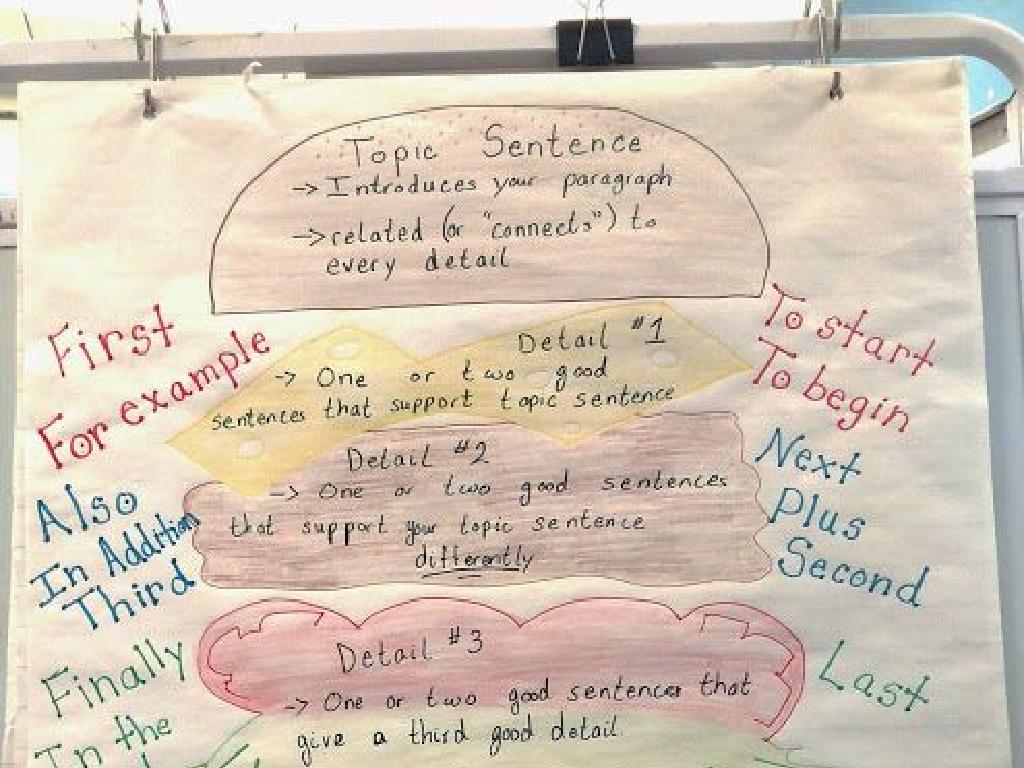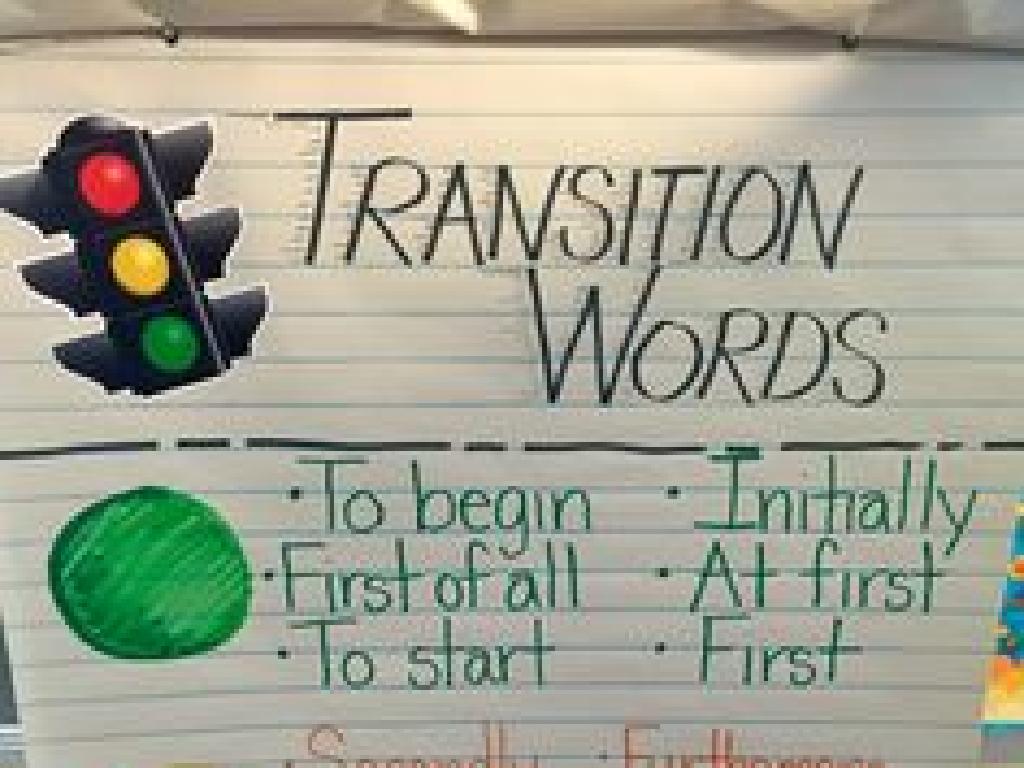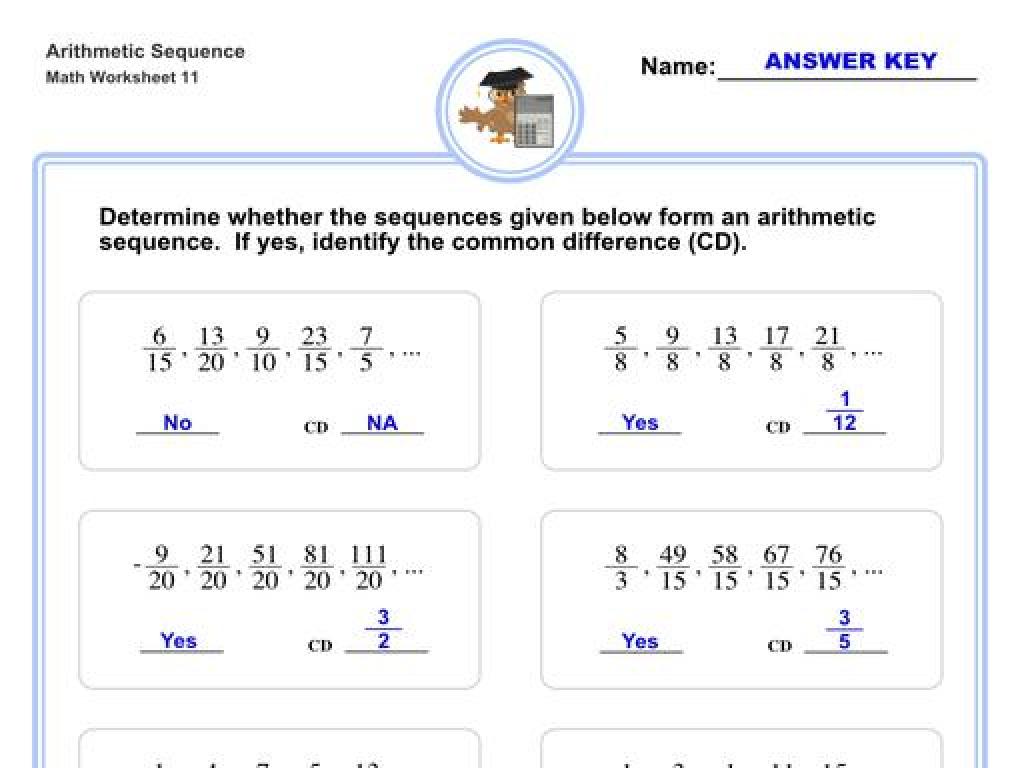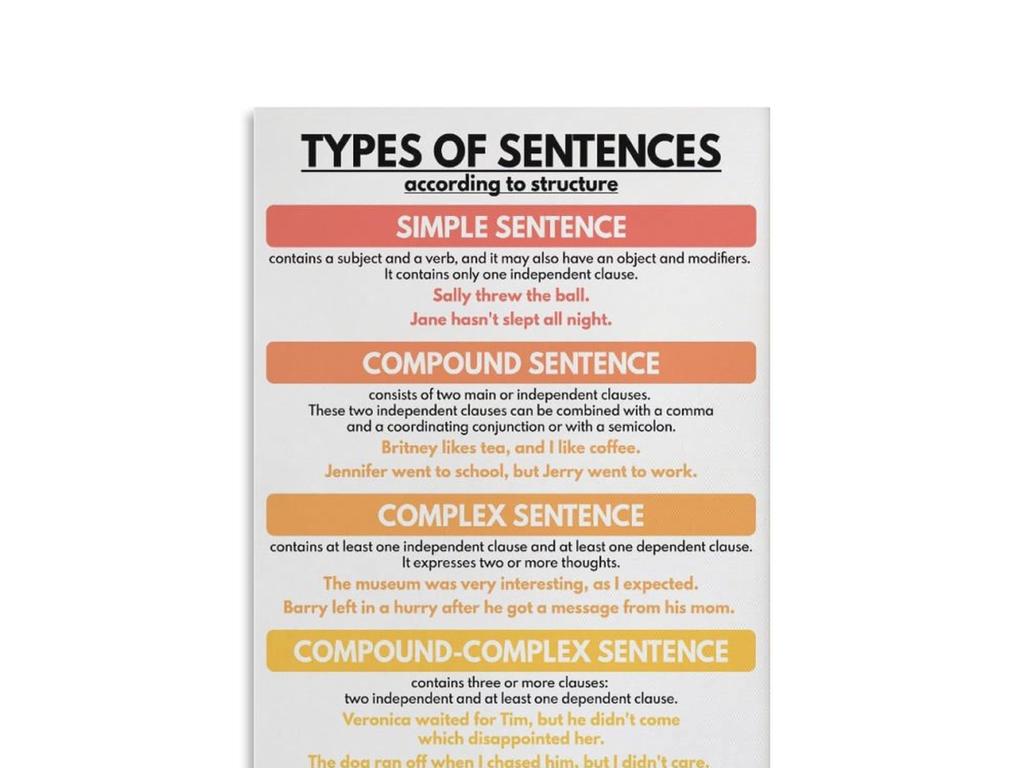Compare Ages Of Fossils In A Rock Sequence
Subject: Science
Grade: Eighth grade
Topic: Fossils
Please LOG IN to download the presentation. Access is available to registered users only.
View More Content
Welcome to the World of Fossils!
– What are fossils?
– Fossils are preserved remains or traces of ancient life.
– Formation of fossils
– They form when organisms are buried quickly by sediment.
– Significance of fossils
– Fossils help us understand past life and Earth’s history.
– Comparing fossil ages
– We’ll learn to determine the relative ages of fossils.
|
This slide introduces students to the concept of fossils and sets the stage for the day’s lesson on comparing the ages of fossils found in rock sequences. Begin by defining fossils and discussing the conditions necessary for fossilization, such as rapid burial and mineralization. Emphasize the importance of fossils in understanding the history of life on Earth and in reconstructing past environments. The lesson will focus on the principles of stratigraphy and relative dating, teaching students how to infer the ages of fossils based on their placement within rock layers. Encourage students to think critically about how the age of fossils contributes to our knowledge of evolutionary history.
Exploring Fossils: Nature’s Time Capsules
– Definition of fossils
– Fossils are remains or traces of ancient organisms.
– Types: Body vs. Trace fossils
– Body fossils: actual parts; Trace fossils: activities (footprints).
– Fossilization process
– Gradual replacement of organic materials by minerals.
– Conditions for fossilization
– Requires quick burial, low oxygen, and preservation conditions.
|
This slide introduces students to the concept of fossils, which are crucial for understanding Earth’s history. Fossils can be direct remains of organisms (body fossils) or evidence of their existence, like footprints (trace fossils). The process of fossilization is complex and requires specific conditions, such as rapid burial and low oxygen environments, to prevent decay and allow mineral replacement. Discuss the rarity of fossilization and how this process provides us with a window into the past. Encourage students to think about how different conditions affect the types of fossils we might find and to consider the importance of fossils in studying ancient life.
Layers of Earth – Understanding Stratigraphy
– Stratigraphy: Study of rock layers
– Stratigraphy is the analysis of rock layers & layering
– Formation of rock layers (strata)
– Strata are formed by sediment accumulation over time
– Law of Superposition basics
– Older layers lie below younger layers in undisturbed sequences
– Determining relative ages of fossils
– Fossils within layers help to date them relative to each other
|
This slide introduces students to the basics of stratigraphy, which is crucial for understanding the Earth’s history and the age of fossils. Stratigraphy involves studying the arrangement and composition of rock layers, or strata, to interpret geological events. Emphasize how strata are formed by the deposition of sediment, which over time becomes rock. The Law of Superposition is a key principle that helps scientists determine the relative ages of these layers; the deeper the layer, the older it is. By examining fossils within these layers, scientists can compare the ages of fossils in a rock sequence. Encourage students to think about how this method is like reading a history book from the bottom up, with the oldest ‘pages’ at the bottom.
Relative Dating of Fossils
– Understanding relative dating
– Relative dating determines sequence of events, not exact age.
– Dating fossils with rock layers
– Older layers are deeper, so fossils within them are older.
– Original Horizontality principle
– Layers of rock are originally deposited horizontally.
– Cross-Cutting & Faunal Succession
– Intrusions are younger than the rock they cut; fossil types succeed each other in a known order.
|
This slide introduces the concept of relative dating, a method used to determine the order of past events by comparing the age of geological features and fossils without necessarily determining their exact age. Emphasize the importance of rock layers in dating fossils, as deeper layers are typically older. Discuss the principle of Original Horizontality, which states that layers of sediment are originally deposited horizontally under the action of gravity. Introduce Cross-Cutting Relationships, which dictate that geological features that cut through rocks must be younger than the rocks they cut. Lastly, explain Faunal Succession, the principle that fossil organisms succeed one another in a definite and recognizable order, allowing scientists to recognize the relative age of rocks and fossils. Encourage students to think of examples or ask questions about how these principles apply in real-world scenarios.
Index Fossils: Time Markers in Rock Layers
– Define index fossils
– Fossils of organisms that existed for a short period but had wide geographic distribution.
– Characteristics of index fossils
– They must be abundant, easily recognizable, and found across large areas.
– Examples and significance
– Trilobites and Ammonites: help date rock layers from specific geologic time periods.
– Role in dating rock layers
– Index fossils act as markers for the relative ages of rock layers.
|
Index fossils are crucial for paleontologists to determine the relative age of rock layers. These fossils, which come from species that existed for a short time but were widespread, serve as benchmarks. When teaching this concept, emphasize the criteria that make a good index fossil, such as wide distribution and ease of identification. Provide examples like Trilobites and Ammonites, which are commonly used to date rock layers. Explain how these fossils can tell us the relative ages of the rocks they are found in, which is essential for understanding the Earth’s history. Encourage students to think about how these fossils can act like a ‘calendar’ in the rock record, helping scientists piece together the timeline of life on Earth.
Comparing Fossil Ages in Rock Sequences
– Methods to compare fossil ages
– Relative dating and radiometric dating techniques
– Index fossils and rock layers
– Index fossils as indicators for similar-aged rock layers
– Practical comparison examples
– Comparing fossils from various geographic regions
– Correlation across locations
– Matching fossils to date rock layers from different areas
|
This slide introduces students to the methods used in comparing the ages of fossils found within rock sequences. Emphasize the difference between relative dating and radiometric dating, explaining that relative dating uses the order of rock strata to determine the relative age of fossils, while radiometric dating uses decay of radioactive isotopes to estimate an actual age. Index fossils, which are widespread fossils known to have existed during a specific time period, are crucial for correlating the ages of rock layers. Provide practical examples by comparing fossils from different locations to show how scientists can date rock layers and match them across regions. Encourage students to think about how these methods contribute to our understanding of Earth’s history and the evolution of life.
Class Activity: Fossil Layers Exploration
– Construct a ‘fossil dig’ simulation
– Examine ‘fossil’ ages in layers
– Use materials to represent different geological layers with ‘fossils’
– Compare ‘fossil’ layer ages
– Determine which ‘fossils’ are older based on their layer
– Discuss findings with peers
|
In this hands-on activity, students will create their own ‘fossil dig’ using materials such as play dough or clay to simulate different geological layers, embedding various objects to represent fossils. Students will then carefully ‘excavate’ their fossils, noting the depth and layer of each find. They will use the principle of superposition to compare the relative ages of the ‘fossils’, understanding that deeper layers are typically older. After the activity, students will discuss their findings with the class, sharing their observations and conclusions. This will help them grasp the concept of stratigraphy and the relative dating of fossils. For the teacher: Prepare a list of materials for the students to use, ensure safety during the digging process, and guide the discussion to reinforce the learning objectives.
Conclusion: Fossils and Earth’s History
– Recap of fossil age comparison
– Fossils as historical markers
– Fossils help date layers of rock, showing Earth’s changes.
– Significance in Earth’s timeline
– They provide a chronological record of life’s evolution.
– Upcoming: Fossils & Past Environments
– Explore how fossils reveal ancient climates and habitats.
|
In wrapping up today’s lesson, we revisited the methods used to compare the ages of fossils found in rock sequences. Emphasize the importance of fossils as key indicators in understanding the history of our planet, as they help scientists date geological formations and trace the evolution of species over time. Highlight how this knowledge contributes to our understanding of Earth’s past. Looking ahead, prepare students for the next topic, which will delve into how fossils can inform us about the environments of the past, including climate conditions and the types of organisms that thrived in those ecosystems. Encourage students to think about the connections between fossil evidence and historical environmental changes.






